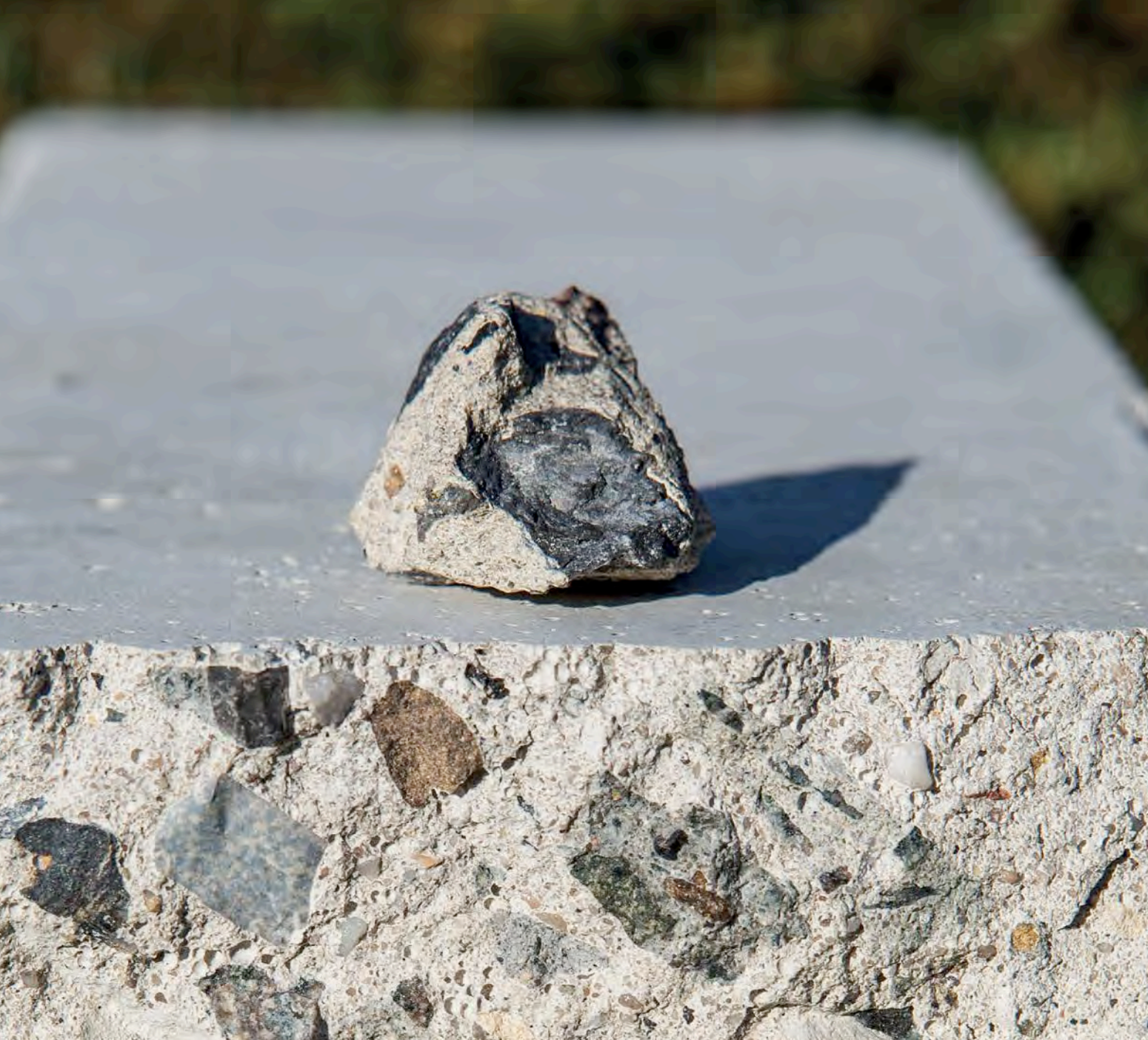
Use of Recycled Concrete Aggregates (RCA) in Concrete
Published on 1 July 2019
Publication
A monograph outlining technical approaches and Belgian standards (NBN EN 206, NBN B 15-001, etc.) for using recycled concrete aggregates in ready-mixed concrete and road concrete. It highlights best practices (selective demolition, quality control, mix design) and provides recommendations for successful production and application.
- Raw materials
- Practices of circularityNeed help with filters?
This monograph, published jointly by CSTC (Belgium’s Scientific and Technical Construction Centre) and CRR (Belgium’s Road Research Centre), focuses on high-quality recycling of concrete rubble for producing new concrete. After discussing Belgian regulations (NBN EN 206, NBN B 15-001, SB 250, etc.), it covers:
Selective demolition and recycled aggregate production:
Emphasizes sorting pure concrete away from other demolition waste.
Crushing and screening techniques, including advanced methods (washing, ADR, ballistic separation).
Key aggregate properties (water absorption, density, Los Angeles, freeze/thaw, composition).
Concrete properties when using recycled aggregates:
Potential increased water demand and slump loss.
Mechanical strength on par with conventional concrete if the replacement ratio and aggregate quality are properly controlled.
Durability (carbonation, ASR, freeze/thaw) generally acceptable with correct cement dosage and w/c ratio.
Practical recommendations:
The Belgian standard NBN B 15-001 allows 20-30 % RCA (type A+) replacement in reinforced concrete (class EE3) under normal conditions, up to 50 % or higher if suitability is demonstrated.
Concrete mix design considerations (pre-saturating aggregates, adjusting water and cement, etc.).
Placement and curing: mostly similar to standard concrete, except careful monitoring of slump and pumping conditions.
Use cases and pilot projects:
Road concrete (two-layer pavements with up to 20 % recycled aggregates in the lower layer).
Slabs, foundations, linear elements, etc.
Several documented pilot sites show the viability of recycled-aggregate concrete in Belgium (RecyBeton, ValReCon20, etc.).
In conclusion, the monograph stresses quality control and the importance of an integrated approach from selective demolition to optimized concrete mix design, thus aligning with Belgium’s circular-economy goals of reducing construction waste’s environmental impact.